

To prepare for emergencies such as disaster response, road managers need to enhance the management capabilities of the road management department, the command and order capabilities of the field departments, and the capabilities of the front line of maintenance and management to ensure road functions. To achieve this, it is important to have a plan in place for appropriate responses to various emergencies and to have the capacity to deal with emergencies on a regular basis. In other words, road management activities must be carried out so that road functions can be continued or resumed without any significant delay when an emergency event occurs. To achieve this, it is important to 1) to plan measures and responses so that they can be implemented promptly, 2) to prepare measures in advance so that they can be realized, 3) to ensure training (drill) and exercises, and 4) to carry out reviews and continuous improvement based on the strategy developed in advance.
In responding to emergencies, it is essential to develop a business continuity planning strategy for various emergencies based on an "all-hazards approach 1", taking into account all organizations involved in road management, including the national government, local governments, road management companies, and related partner companies. To do this, it is necessary to understand the business continuity capabilities of each organization, consider how to cooperate with each organization in business continuity, and work with each organization to increase its business continuity capabilities. This is discussed in the section on "Business Continuity Planning".
It is important to enhance the ability to respond to emergencies during normal operations. For this purpose, "training (drill)", and "exercise" are important. Figure 3.5-1 2 shows the definitions of training (drill) and exercise in ISO.
"Training (drill)" refers to the actions taken by road management departments to ensure that they can respond to crises by practically repeating the agreed-upon response procedures in accordance with the established procedures under the business continuity plan. It is difficult to provide "on-the-job-training" for emergency response in normal operations. For this reason, it is difficult to accumulate knowledge and experience in emergencies through normal operations alone. For this reason, road management agencies have written manuals on how to respond to emergencies. Training (drill)" is the process of practically repeating these manualized response procedures and methods in a variety of ways during normal times to improve one's abilities. In the U.S., an organization has been established to train people to respond to such emergencies and to improve their ability to respond to emergencies. The regular meetings of state officials also provide an opportunity for individuals to connect with each other on a personal level across state lines. This type of "training (drill)" is essential for improving emergency response.
In addition, "Exercise" is the process of practicing and confirming through instruction and exercises that a part of the organization or the entire organization is capable of responding to a certain emergency scenario, and to continuously improve its response. "Exercise" is to improve the ability to secure road functions in emergencies by confirming whether the abilities built up in ”training (drill)” can actually be demonstrated. In the "exercise" phase, it is generally conducted to check whether or not the participants can work together to respond to a certain scenario event, given the assumed damage and situation as preconditions. In other words, it is checked whether the communication of information among the various departments, the content and timing of decision-making, and the activities of the front line in the field can function in a coordinated manner. Such training activities are actively conducted at different levels and for different targets, such as collaboration at the level of national agencies, collaboration at the level of road management agencies, and collaboration within each department of each agency.
In this manual, "training (drill)", and "exercise" are categorized and described in detail.
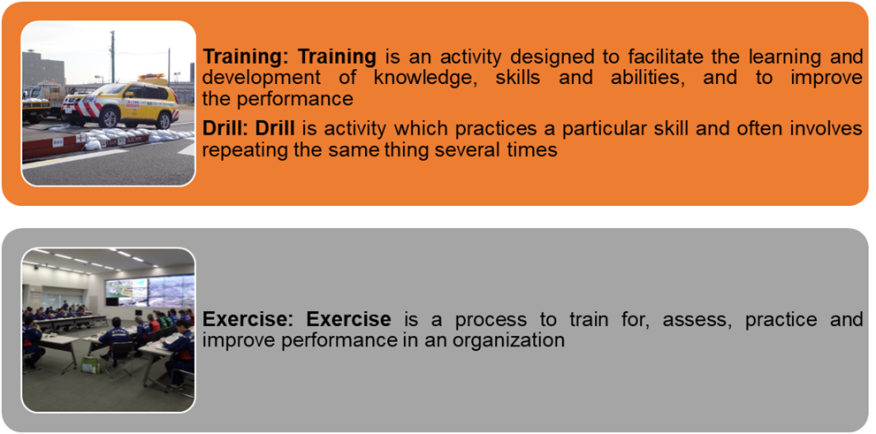
Figure 3.5-1 shows the definition of training and drill, and excercise
There is no debate about the necessity of training and exercises to enhance the ability to respond to disaster emergencies and other incidents. It is important to conduct various types of training and exercises according to the target and purpose, such as lectures, confirmation, and acquisition of response contents, decision making, and actual physical exercise. In this section, the details of "education and training" and "drills," which are conducted mainly for the purpose of understanding procedures and improving proficiency, will be described.
For education and training, it is important to provide various types of education and training according to the target and purpose, such as lectures to obtain the basic knowledge of response, training to confirm the contents and learn methods of response, and drill to acquire and improve response techniques. Figure 3.5.1.1 shows examples of implementation methods. The timing of implementation should be periodically (e.g., annually), or when there are significant changes in personnel due to system changes, personnel transfers, hiring, etc., and also when the business continuity plan is reviewed and improved.
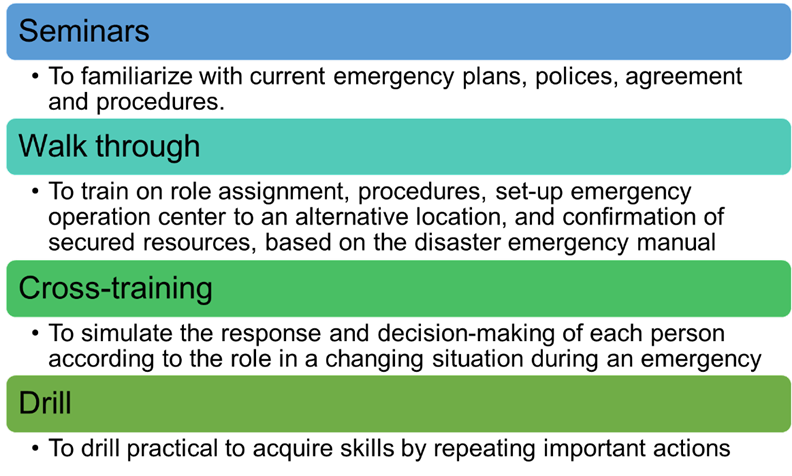
Figure 3.5.1.1 Type of disaster emergency trainings and drills
There is no doubt that the successful management of emergencies, especially large or complex emergencies, requires well-trained personnel 1.
In emergency management, the following can be noted
(1) In addition to constant exposure to new threats and hazards, it is necessary to keep pace with new laws, standards, and guidelines.
(2) Although emergencies can have a significant impact, they occur infrequently or not at all, making it difficult to acquire these skills through on-the-job training.
(3) In some cases, the cooperation and collaboration required in emergencies are difficult to foster in daily work.
Therefore, it is necessary to conduct emergency management training to provide staff and managers with the knowledge, skills, and abilities necessary to fulfill their respective roles, responsibilities, and functions in an emergency. Figure 3.5.1.2 2 shows the photo of the emergency training cources at FEMA.
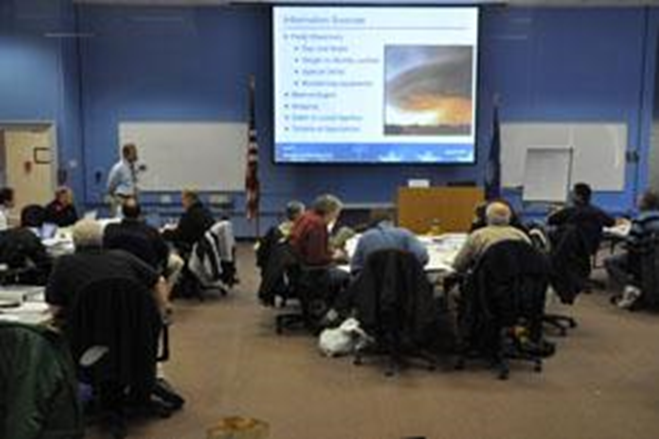
Figure 3.5.1.2. Emergency training courses
In order to evaluate the effectiveness of any of the education and training methods, it is necessary to clearly define the objectives and determine in advance the method to evaluate the degree of achievement. When planning training, it is most important to share the objectives and goals among the parties involved.
In order for disaster emergency response plans to be effective, it is important that everyone from the top management of road management to the front-line employees understand the mission required of road managers to maintain or quickly restore road functions, and that this mission is established as a "culture". For this purpose, it is essential to conduct exercises.
When conducting exercises, the following points are essential 1.
(1) To confirm that personnel ia assigned with a thorough knowledge of how to respond to emergencies.
(2) To experience and physically confirm the response in an emergency.
(3) To train the ability to respond to emergencies, including responses to unexpected situations.
(4) To verify and improve the emergency response manual.
(5) To include the exercise in coordination with a wide range of related organizations in the event of an emergency.
It is important to tailor the content of disaster emergency response exercise to the goal of the exercise, such as content confirmation and acquisition, decision making, and actual physical exercise. Figure 3.5.2.1 2 shows examples of implementation methods. In addition to periodic training (e.g., on an annual basis), it is also important to conduct exercises when there is a significant change in the organization of personnel due to system changes, personnel transfers, hiring, etc., and when the emergency response manual is reviewed and improved.
In order to evaluate the effectiveness of the exercise, it is necessary to clearly define the objectives and decide in advance how to evaluate the degree of achievement.
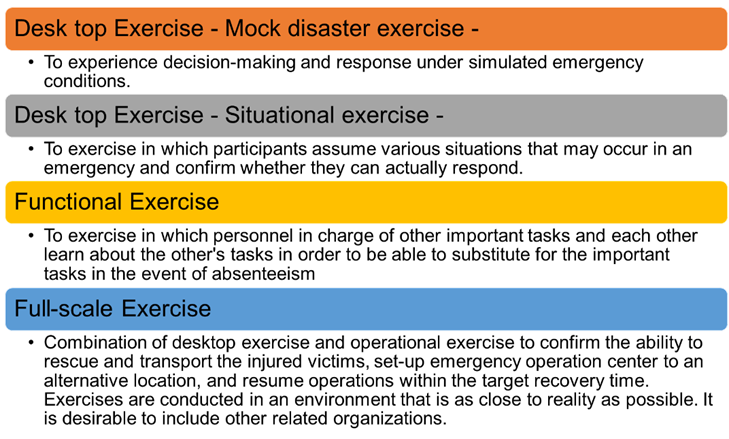
Figure 3.5.2.1. Type of disaster emergency response exercises
In the event of a disaster, it is necessary for those involved in road maintenance to take prompt emergency and recovery measures, and for disaster management organizations, including road-related organizations, to work in close cooperation to ensure harmonious responses. In order to achieve this, it is necessary to decide on emergency response, recovery response, and coordinated response in the event of a disaster, based on past disaster experience and disaster simulations, and to make them effective through regular exercises. For this purpose, disaster simulation exercises are the most important means 3.
The purpose of disaster exercises for road-related organizations is to verify and confirm the countermeasures taken by the organizations in the event of a disaster7.
(1) Through the disaster exercises, the functions of the organizational structure of road-related organizations in normal times are confirmed and evaluated, and their effectiveness is verified.
(2) Through disaster exercises, to confirm the appropriate division of roles among road-related organizations in the event of a disaster, and effective measures for cooperation and collaboration, and to strengthen cooperation.
(3) In conducting disaster exercises, focus on discovering weak points and issues in disaster prevention plans, etc., in order to continuously improve them.
(4) Since self-improvement and self-development of disaster management personnel during normal times are directly linked to the improvement of society's ability to respond to disasters, disaster management personnel shall be given opportunities to review and evaluate their daily efforts.
In addition, to maximize the effectiveness of disaster exercises, it is desirable to establish the following basic policies for the exercises.
(1) Exercises should contribute to the improvement of disaster response capabilities based on past disasters.
To improve the ability to respond to the many issues related to disaster prevention measures that have been learned from previous disasters, the content of the training should include emergency response to various possible damages and wide-area response by multiple related organizations.
(2) Promotion of practical and effective exercises
The most important aspects of the training, such as the setting of the situation, the assumption of damage, and the items to be taken as emergency measures (so-called scenarios), will be more practical and assume the worst possible situation.
(3) Promotion of prior education and training
To take appropriate actions when a disaster occurs, each person needs to be able to correctly imagine the situation when a disaster occurs. Enhance the daily self-education and self-development of those in charge of disaster prevention.
(4) Conduct exercises with the participation and cooperation of many entities
To promote disaster reduction measures that transcend organizational boundaries, the implementation of exercises in which many entities participate and collaborate will enhance mutual complementarity.
(5) Strengthen cooperation among disaster prevention-related organizations.
Road-related organizations and disaster prevention-related organizations need to cooperate with each other closely, collect accurate information, and take prompt and appropriate actions based on it.
(6) Implementation of objective analysis and evaluation of exercises
After the completion of the training, objective analysis and evaluation of the training should be conducted through analysis of problems identified during the scenario creation process, exchange of opinions among participants, and listening to the opinions of training observers and external experts to clarify issues, etc.
(7) Promotion of planned and systematic training
In addition to systematic preparation and implementation of exercises throughout the year, the content of exercises will be implemented in a way that allows for systematic verification and confirmation, and efforts will be made to systematically improve disaster response capabilities. Figure 3.5.2.2 shows a photo of the disaster and emergency exercise of a highway company.
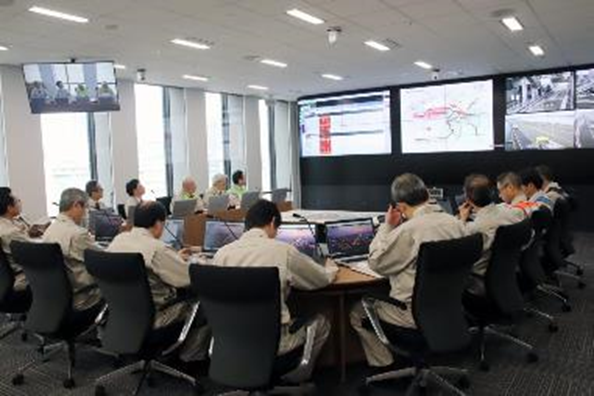
Figure 3.5.2.2. Disaster and emergency exercises
To prevent the effectiveness of disaster management response capabilities from declining and emergency response manuals from becoming obsolete, large-scale exercises that simulate emergencies should be conducted on a regular basis (at least once a year) to inspect the state of disaster management and emergency response, including whether emergency response plans really work and whether they are insufficiently functional, and to make regular improvements based on the evaluation results.
1 1996, Federal Emergency Management Agency of USA, Guide for All-Hazard Emergency Operations Planning, September
2 2018, ISO 22300:2018(en): Security and resilience - Vocabulary
1 2020, Transportation research board of USA, A Guide to Emergency Management at State Transportation Agencies, NCHRP RESEARCH REPORT 931
2 https://training.fema.gov/emi.aspx
1 2013, Cabinet Office, Government of Japan, Business Continuity Guidelines 3rd ed., August (In Japanese)
1 https://www.ready.gov/exercises
1 2020, Fire and Disaster Management Agency of Japan, 2021 comprehensive disaster management drill program, https://www.fdma.go.jp/laws/tutatsu/items/3d23d65bb9a657394ff30b90500e407196c5194c.pdf